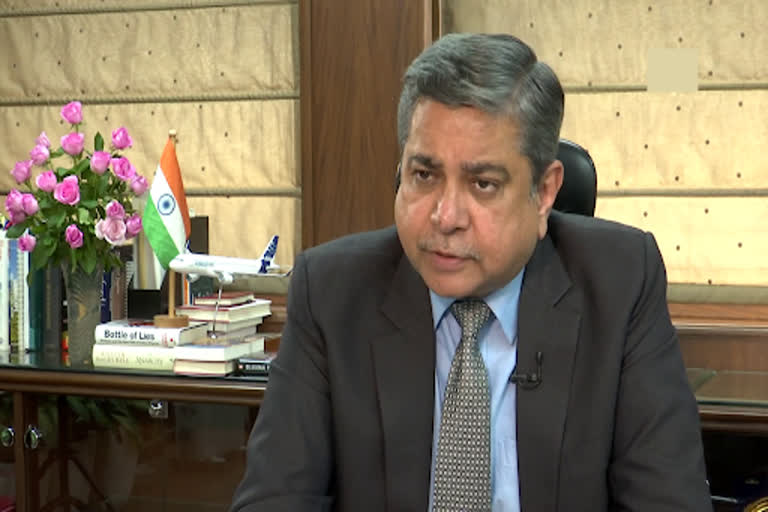New Delhi: The newly appointed chairman of the Airports Authority of India (AAI) Arvind Singh on Thursday revealed to have a major infrastructure up-gradation plan for next five years involving a whopping investment of Rs 25,000 crore.
"We need a huge amount of investment several billions of dollars to ensure holistic infrastructure up-gradation in the aviation sector across the country.
We will invest about Rs 25,000 crore to augment facilities and infrastructure at the airports during the next five years," said Singh during an exclusive interview to ANI here.
AAI to invest Rs 25,000 crore on infra upgradation Talking about the growth in the number of flyers over the years, Singh said: "Currently we are handling 315 million passengers. It is expected that an additional 550 million passengers will be augmented, which takes the total traffic to around 900 million passengers. We have to go for capacity building accordingly."
Commenting on the UDAN scheme, he said: "We are working on this scheme, which aims at building airports in unconnected regions of the country. The plan is to double the number of airports in the country. The major challenge under the UDAN scheme is that many routes have been awarded, but the bidders have not come to operationalise the routes. There is also a challenge to find newer routes."
UDAN or 'Ude Desh Ka Aam Nagrik' is a regional connectivity scheme launched by the Central government that aims to make unserved or underserved airports in small cities operational with regular flights, and offer subsidised airfares to encourage more people to fly.
On being asked about the privatisation of airports and the role of AAI, Singh said: "Privatisation is not new. The first privatisation bid was made when Mumbai and Delhi airports were privatised in 2005-06."
"The Greenfield airports were built by private players at Bengaluru, Hyderabad, and so on. Durgapur airport in West Bengal was built by a private player. Last year, the AAI recommended the Centre to privatise six more airports Amritsar, Varanasi, Bhubaneswar, Indore, Raipur and Trichy," he said.
"The process of privatisation helps reduce the cost of AAI. We are able to get revenues from the airports without deploying manpower. We are able to direct the funds towards unserved areas," Singh added.
Appreciating the growth in air traffic at Tier-II and Tier-III cities, Singh said: "The response we are getting from the state governments is tremendous. The growth rate of air traffic is double or triple as compared to the national pace of growth."
Read more:UN says 'deepening polarization' may imapact Indian economic growth story
